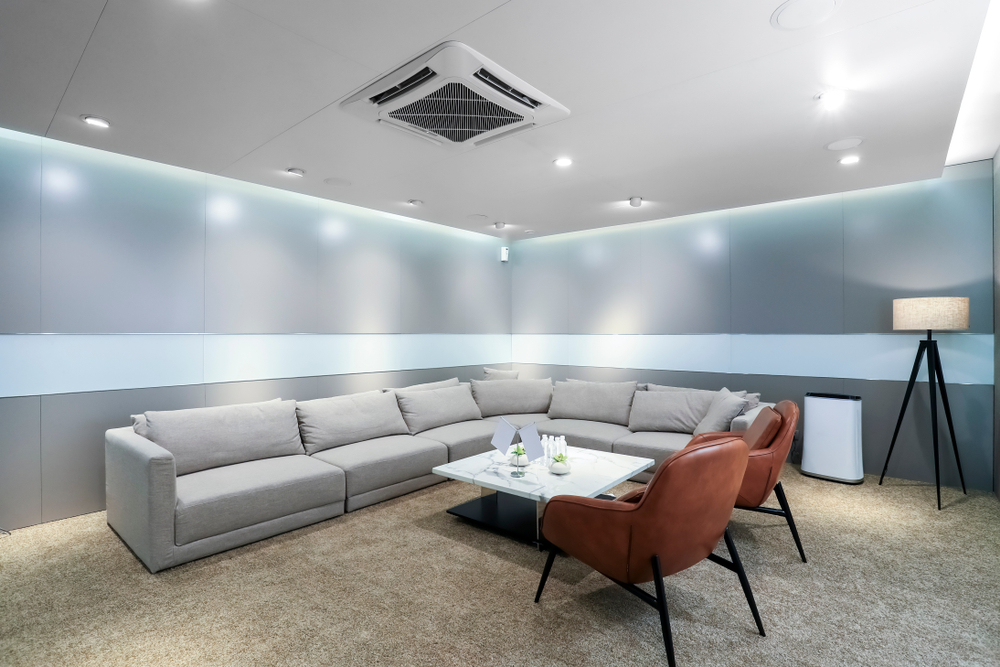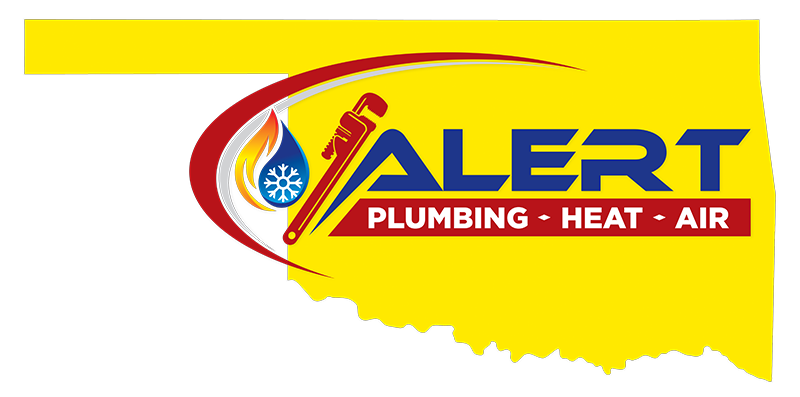Getting the right size central air conditioning unit isn’t just about comfort—it’s about making a smart investment for your home. The wrong size can lead to sky-high energy bills, poor indoor air quality, and frequent repairs that drain your wallet.
Many homeowners make the mistake of thinking “bigger is better” when it comes to air conditioning. But an oversized system creates just as many problems as an undersized one. This central AC sizing guide will walk you through everything you need to know to make the right choice for your home and budget. At Alert Plumbing, we are committed to providing top-notch services and helping homeowners make informed decisions about their home’s HVAC systems.

Why Correct AC Sizing Matters
Choosing the right size central AC unit affects three critical areas: your energy bills, your comfort, and how long your system lasts.
Energy Efficiency: A properly sized unit runs at optimal efficiency. An oversized system cycles on and off frequently, wasting energy during each startup. An undersized unit runs constantly, trying to cool your home but never quite reaching the desired temperature.
Comfort: The right size system maintains consistent temperatures throughout your home. It also removes humidity effectively, which is crucial for comfort in humid climates like Oklahoma.
System Longevity: Proper sizing reduces wear and tear on your equipment. Systems that constantly cycle or run continuously experience more stress, leading to premature failure and costly repairs.
Understanding BTU and Tonnage
Before diving into sizing calculations, let’s clarify two key terms you’ll encounter.
BTU (British Thermal Unit) measures how much heat your air conditioner can remove from your home in one hour. One BTU is the energy needed to raise one pound of water by one degree Fahrenheit.
Tonnage refers to cooling capacity, but it’s not about weight. One ton of cooling equals 12,000 BTUs per hour. This measurement comes from the amount of heat needed to melt one ton of ice in 24 hours.
Most residential central AC units range from 1.5 to 5 tons. A typical 2,000-square-foot home might need a 3-ton unit, but square footage alone doesn’t tell the whole story.
Key Factors That Affect AC Size Requirements
Several factors influence how much cooling capacity your home needs beyond just square footage.
Square Footage
While not the only factor, your home’s total square footage provides the baseline for sizing calculations. However, a 2,000-square-foot ranch home has different cooling needs than a 2,000-square-foot two-story home.
Ceiling Height
Standard 8-foot ceilings require less cooling than 10-foot or vaulted ceilings. Higher ceilings mean more air volume to cool, which increases your cooling load.
Insulation Levels
Well-insulated homes retain cool air better and keep hot air out. Poor insulation forces your AC to work harder. Consider both wall and attic insulation when evaluating your home’s cooling needs.
Window Exposure
Windows facing south and west receive more direct sunlight, increasing your cooling load. Large windows, older single-pane windows, or windows without energy-efficient coatings also affect sizing requirements.
Additional Considerations
Other factors include:
- Number of occupants (people generate heat)
- Heat-generating appliances
- Ductwork condition and layout
- Local climate conditions
- Home orientation and landscaping
The Importance of Manual J Load Calculation
While online calculators and rules of thumb provide rough estimates, a Manual J load calculation gives you the most accurate sizing recommendation. This industry-standard calculation considers all the factors mentioned above and more.
A qualified HVAC professional conducts this calculation by:
- Measuring your home’s dimensions
- Evaluating insulation levels
- Assessing window types and orientations
- Analyzing your home’s construction materials
- Considering local climate data
The Manual J calculation provides a detailed room-by-room analysis of your cooling needs, ensuring proper system sizing and optimal performance.
The Dangers of Oversized Systems
Many homeowners assume a larger AC unit will cool their home faster and more effectively. This thinking leads to short cycling, where the system turns on and off frequently without completing full cooling cycles.
Short cycling creates several problems:
- Increased energy consumption
- Poor humidity control
- Uneven temperatures throughout your home
- Premature equipment failure
- Higher utility bills
An oversized system might cool your home quickly, but it won’t run long enough to remove humidity effectively, leaving you feeling clammy and uncomfortable.
Professional Installation Makes the Difference
Once you’ve determined the right size for your home, proper installation ensures optimal performance. Professional Central Air Conditioning Installation involves more than just connecting equipment—it requires proper ductwork design, refrigerant charging, and system testing.
At Alert Plumbing Heat and Air, our experienced technicians conduct thorough load calculations and ensure your system is properly sized and installed for maximum efficiency and comfort.
Making the Right Choice for Your Home
Choosing the right size central AC unit requires careful consideration of multiple factors. While square footage provides a starting point, ceiling height, insulation, window exposure, and other elements significantly impact your cooling needs.
Don’t rely on guesswork or rules of thumb when making this important investment. A professional Manual J load calculation ensures you get the right size system for your specific home and climate.
Ready to upgrade your home’s cooling system? Contact Alert Plumbing today for a professional assessment and expert installation that will keep your home comfortable for years to come.

